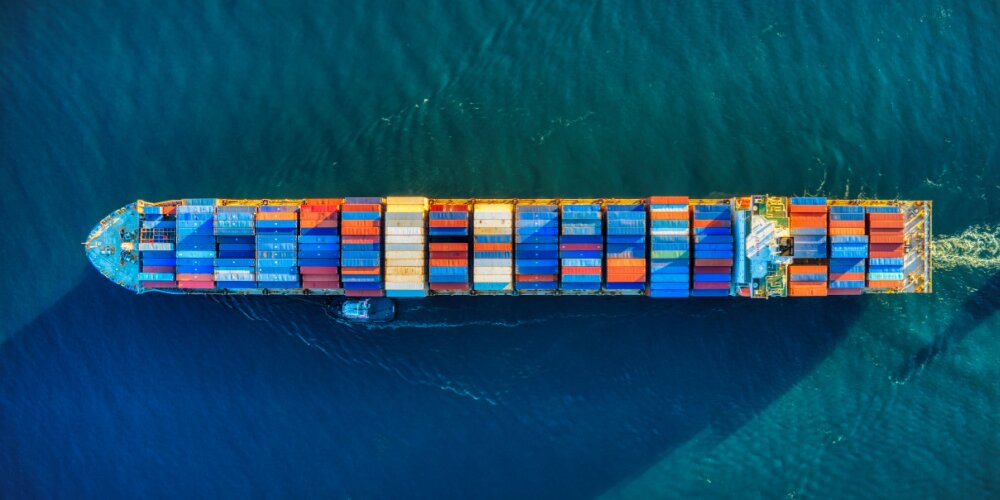Browse our services
Explore how Brookes Bell can help you
Find an expert
Meet our team, find and expert and connect
Contact us
Get in touch, we're here to help

A new report published by the Maersk Mc-Kinney Moller Centre has suggested that blue ammonia - a fuel source that’s being viewed as a viable alternative to bunker fuel by many in the shipping industry - is to be widely available by 2027.
The report - ‘Will CO2 storage limit blue fuel availability for the maritime industry?’ - examined whether blue ammonia production will be able to meet the demands of the maritime industry in the context of wider demand from other industries.
In particular, the report focused on carbon storage within CCS (carbon capture and storage) networks. This is because blue ammonia is produced from natural gas, with the subsequent CO₂ by-product being sequestered using CCS. As a result, blue ammonia is considered to be a fuel that has low ‘well-to-wake’ emissions.
As the report highlights, if blue ammonia production is to meet projected demand, carbon storage availability will need to increase significantly.
In what will be welcome news to alternative fuel advocates, the findings of the report show that global CO₂ transport and storage capacity is expected to expand dramatically over the next few years.
As a result, the report states, ‘CO₂ storage capacity will not prevent blue fuel availability from meeting the anticipated demand from the maritime industry by 2030’.
The report also states that, ‘Most of the expansion in CO₂ storage by 2030 is likely to come from regional hub projects serving multiple industries and emitter sites, rather than single sites with individually dedicated storage. This arrangement is beneficial, as it allows the infrastructure development costs to be shared and drives down the cost per tonne of CO₂ storage’.
For those in the industry who are concerned about the potential impact of regulatory barriers, the report makes welcome reading:
‘Regulatory barriers to increasing CO₂ storage appear to be surmountable on a global scale. Several countries expected to be key to large-scale blue fuel production have already established supportive national policies and incentives for CCS. Characterisation, permitting, planning, and construction of new CO₂ storage sites can take several years, resulting in a time delay in establishing new capacity. Nevertheless, areas with established oil and gas production generally have well-characterised geology, which can help to reduce the characterisation and permitting times’.
Ultimately, the report concludes that CO₂ storage capacity is unlikely to be a barrier to the production of blue ammonia as required by the maritime industry.
Whilst alternative fuels such as blue ammonia are making their way into the maritime industry, bunker fuel remains the dominant fuel at present.
If your vessels are experiencing bunker fuel oil quality issues, then it’s important you have expert advice on hand. The type of advice offered by Brookes Bell’s fuel chemists, marine engineers, and laboratory chemists.
For more maritime industry insights, news and information, read the Brookes Bell News and Knowledge Hub…
Study Suggests Fuel Content Discrepancies May Be Present in 39% of Global Bunkers | Shell and MAN Energy Solutions Collaborate on New Decarbonisation Solutions | Maersk to Pioneer First Container Vessel Conversion to Dual-Fuel Methanol Engine